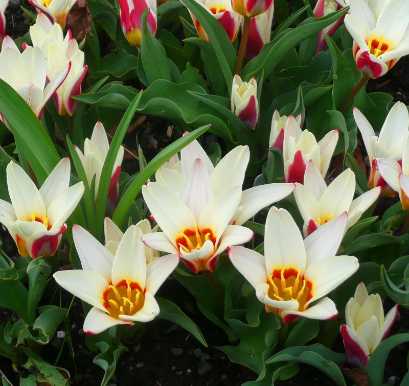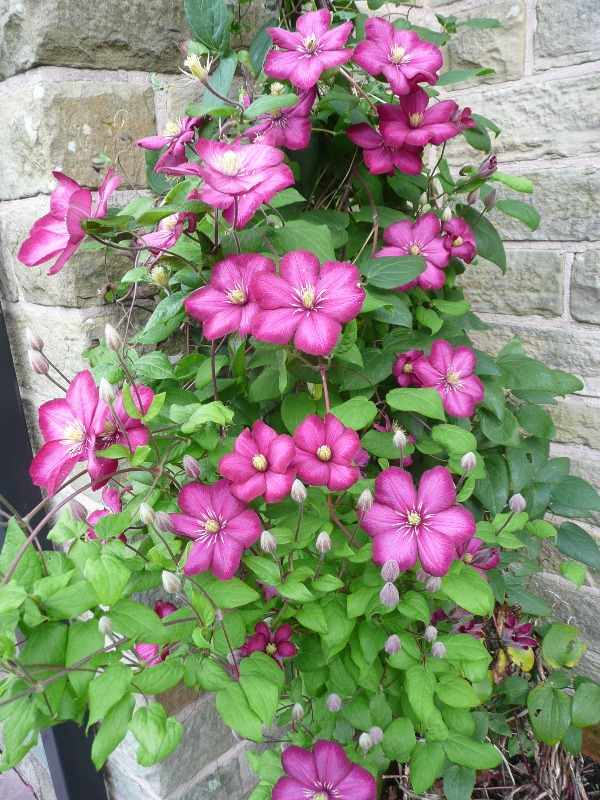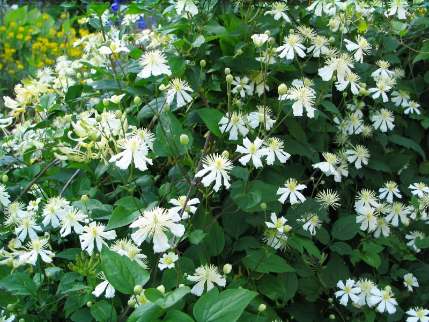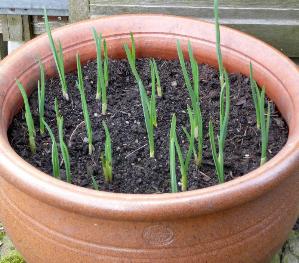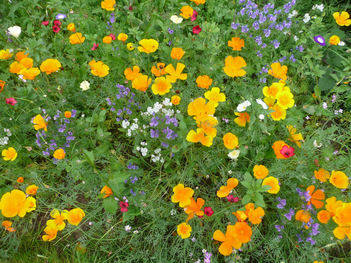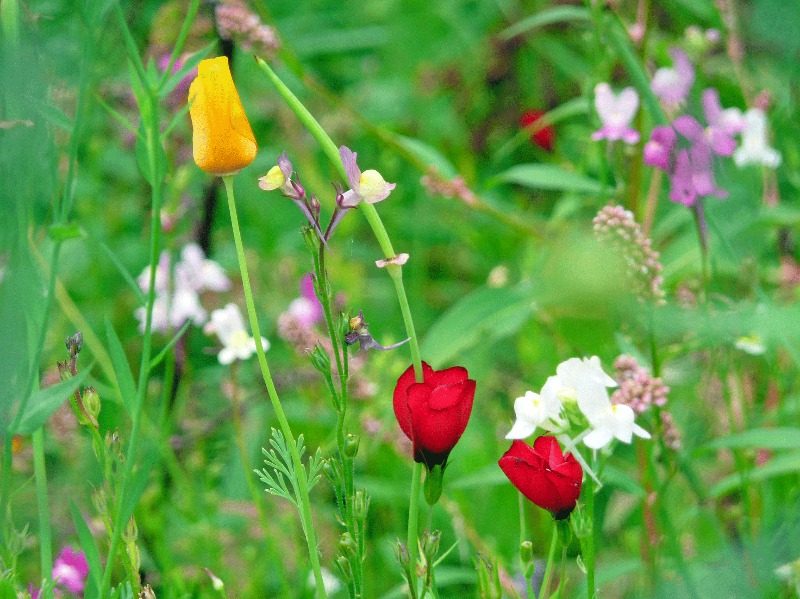Lake District Gardens Holehird
Posted on
 |
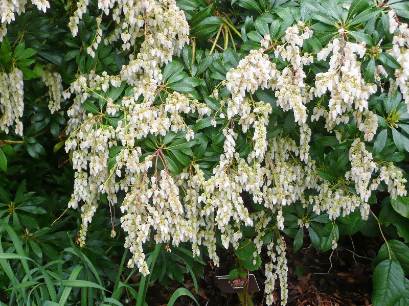 |
|
|
|
|
|||
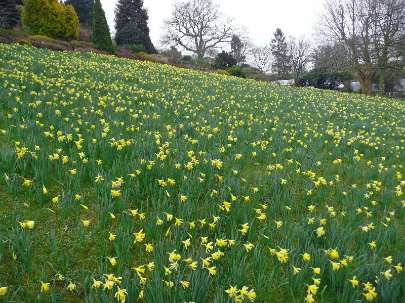 |
British Summer time may have arrived, but spring still has some way to travel particularly in Northern Gardens. Holehird , near Lake Windermere, is a spectacular garden set on the Hillside with views of Windermere and well worth a visit when in the Lake District. It is also home to the Lakeland horticultural society and maintains the national collection of Astilbe, Meconopsis, and Polystichum. Even in late March when much of the ground is still bare, it was an interesting visit, wonderfully quiet and peaceful. The hillsides are planted with shrubs and trees many starting to unfurl their leaves; at this time of year the heathers are in colour and the hillsides full of daffodils. There is also a sheltered walled garden which has herbaceous planting just starting into growth. In one of the long borders spikey shoots are evident as Hostas are pushing through the soil. I would love to visit again in a few weeks time when the shrubs, Rhododendrons, Azealea and Camilla will be in full bloom and even this early the Pieris Japonica, image centre, looked very attractive. This is a great garden to visit at any time of the year, very well maintained and all the plants are clearly labelled which is so helpful when spotting a variety which you would like to plant at home in your own garden. |

